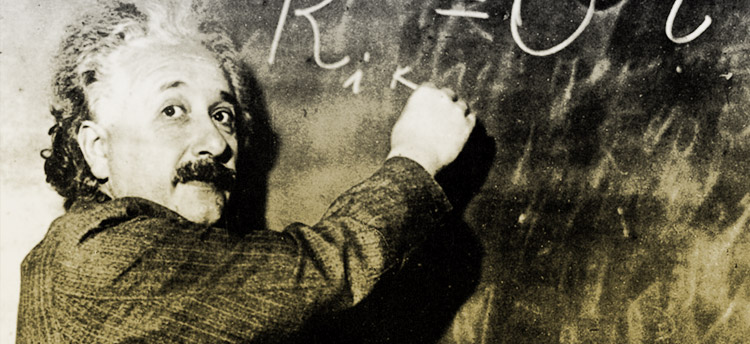
We put together a list of 20 facts about the year 1916 that you may not know. Read on to find out more…
1. 1916 was a leap year
A leap year happens once every four years! It includes the 29th of February, so if you were born then you technically only get to celebrate your birthday then. It happens so the calendar synchronises with the solar year!
2. A loaf of bread was about $.07
Yep that’s right, you could buy a loaf of bread from any bakery for as little as $.07! In comparison to today’s prices, where an average loaf of bread costs $2.50.
3. The modern light switch was invented
The modern light switch that we all use at present, was invented by John Henry Holmes. Holmes was a talented English Electrical Engineer born in Newcastle. His invention remains the basis for modern wall mounted light switches
4. The average price of a U.S. house was $5,000
You could be a homeowner in the U.S for an incredible $5,000! We have seen a huge increase in house prices over the years and the average home price in the U.S at present (2021) is $374,900.
5. The average price of a car was $400
Much like the low house prices, the prices of cars were also low. The average price of a decent car was $400 in 1916. Now the average price of a car in the U.S is a substantial $36,718! Many people opting to buy one on finance and paying either a monthly or annual fee with interest.
6. The tallest building in the world was the Eiffel Tower
The Eiffel Tower opened on March 31st, 1889 and was originally 1024 feet tall. It’s now 1063 feet tall due to antennas that were added. It lost its title in 1930 when the Empire State Building was built, standing at 1250 feet. The tallest building in the world at present (2021) is the Burj Khalifa which is over 2716.54 feet tall.
7. Albert Einstein completed his formulation of a general theory of relativity
Albert Einstein worked on this theory for over a decade and published it in full mathematical detail in 1916. It is essentially a theory of gravity and suggests that our perception of gravity is influenced by the curvature of space and time. He states that gravity, rather than being an invisible force, is a curving/warping of space.
8. 40-hour work weeks officially began in the Endicott-Johnson factories
The Endicott-Johnson factories were founded in 1899 by George F. Johnson and Henry Bradford Endicott. The factories were manufacturers of shoes. They were responsible for all military boots made for U.S soldiers during World War 1. Therefore, it was important that they were making these shoes quickly and meeting the demand. George F. Johnson, an American businessman, announced that in 1916 that it was now mandatory for each worker to work at least 40 hours per week. So they could hit the targets. Shortly after this came into place it spread to all industries and became the normal working hours per week.
9. The Easter Rising occurred in Ireland
The Easter Rising (also referred to as the Easter Rebellion) took place during Easter week, starting on the 24th of April. It was caused by resentment from the Catholic Irish towards settlers from England and Scotland. It took place in many locations over Ireland, including Dublin, Galway, Wexford, Meath and Louth.
10. The Battle of Verdun (WWI) began in France
The Battle of Verdun was the longest of the first world war. It started on the 21st of February and lasted until the 18th of December (1916). Verdun is a small city in northeast France. At present day, if you visit, you will still find many museums and memorials that remain. Altogether there were over 750,000 casualties – estimated at 400,000 France and 350,000 Germans.




